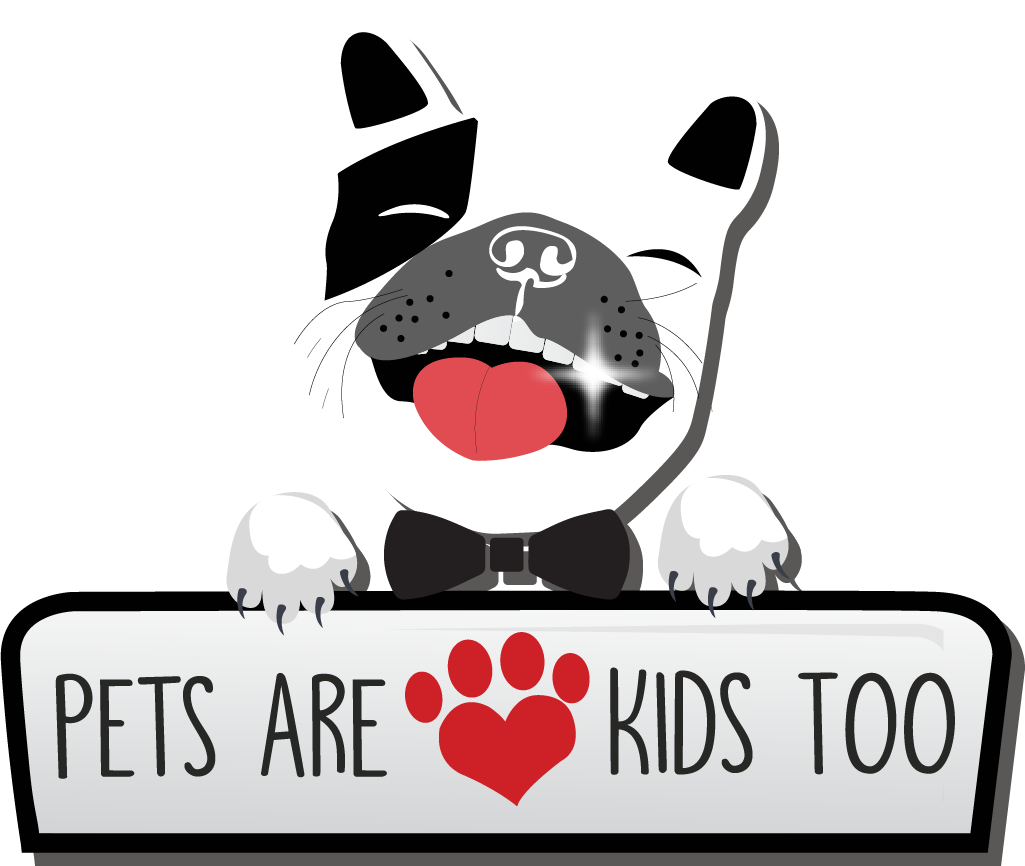Like humans, dogs can also suffer from a host of conditions that affect their joints, causing pain and worse, immobility. Joint problems in canines can begin at any age and occur in any breed although it is more often a sign of aging in senior dogs. However, there are also specific conditions that affect rapidly growing puppies.
Certain breeds are also genetically predisposed to joint problems because of their size and build. These dogs include big breeds like: German Shepherds, Labrador Retrievers, Rottweilers, Newfoundlands, Great Danes, Saint Bernards, Old English Sheep Dogs, and Mastiffs. As well as small breeds: Basset Hounds, Boston Terriers, Cocker Spaniels, Chihuahuas, Dachshunds, Yorkies, Westies, Jack Russell Terriers, Pomeranians, and Pekingese.
Signs of Joint Problems in Dogs
It’s not that hard to spot a dog that’s struggling with joint issues. However, it’s difficult to point out when the problem started developing (unless it is caused by physical trauma) since it could take some before a dog displays symptoms. Some of the signs include:
- Limping
- Changes in gait
- Slower walking speed
- Reluctance or refusal to jump
- Swelling at the joints
- Trouble getting up from a lying position
- Difficulty climbing stairs
- Avoidance of or favoring one leg
- Obsessive licking on joints
- Whining or other signs of distress when joints are touched
Common Hip and Joint Problems in Dogs
There are many conditions that can cause joint pain and damage in dogs. Below are the most common.
Osteoarthritis
Osteoarthritis is a degenerative disease and a progressive condition that has no cure. As dogs age, the cartilage that protects the end of their bones deteriorates naturally. Without lubrication between the bones, the joints become inflamed. Osteoarthritis is quite painful for dogs and most of the time, it renders them crippled. The good news is many dogs with this condition continue to live full lives, thanks to pain management and therapy that can improve their mobility.
Hip Dysplasia
Hip dysplasia is a genetic condition where the affected dogs have hip sockets that are not properly formed. The poor fit of the joints causes undue stress on the cartilage which leads to its early deterioration, inflammation, and pain. Big dogs are prone to hip dysplasia but in plenty of cases, the condition only begins to affect them in old age. However, obesity and lack of exercise can trigger an early onset of the problem.
Luxating Patella
A condition that is more common in small and miniature breeds, luxating patella is also known as dislocated kneecaps. This painful condition affects the hind legs so dogs with the condition will have a noticeable hop when attempting to run. In mild cases, the owner can snap the dislocated knee back into place but it is always safer to have the veterinarian do it. In severe situations, surgery may be suggested to correct the problem.
Legg-Calve-Perthes Disease
Common in miniature and small dog breeds, this genetically-predisposed disease targets the head of the femur bone, which is attached to a hip joint. It is caused by lack of blood flow to the area, causing the cartilage to disintegrate. Pain management and surgery are the best courses of action for treating the Legg-Perthes Disease.
Osteochondritis Dissecans
OCD is another condition that concerns the cartilage. However, in this case, the cartilage develops abnormally and thickens causing it to detach from the underlying bone. It is also observed in rapidly growing puppies instead of aging dogs. OCD is painful and can limit a puppy’s range of motion. Some cases of OCD resolve on their own but sometimes, surgery is needed to remove fragments of broken off cartilage in the joints.
Panosteitis
Pano is often described as ‘growing pains’ in large breed puppies. This condition doesn’t directly attack the joints but it can cause them some stress. In Panosteitis, the marrow of the long bones become inflamed. Fortunately, this painful condition goes away on its own without any treatment after the dog matures.
Hypertrophic Osteodystrophy
HOD is a developmental disease that also affects growing dogs. It is more painful than Pano and the affected portion of the bone is closer to the joints. In HOD, the ends of the long bones are slow to develop due to a decrease in blood flow. This results in softer bones and damaged growth plates. Unlike Pano, HOD needs to be treated.
Joint Trauma
Not all joint problems are caused by aging, rapid growth, or genetic predisposition. Sometimes, pain and damage to the joints are caused by accidents like overexertion or getting hit by a moving object. Below are some of the common injuries that can lead to joint disorders:
- Dislocation of the hip, elbow, or ankle - Joint dislocations are often caused by getting hit by a car or other moving objects.
- Joint fractures - Similar to dislocations, fractures are frequently caused when force hits a dog’s bones although some conditions, like HOD, can also result in joint fractures.
- Palmar Carpal Ligament tears - Torn ligaments are the result of hyperextension which typically occurs when a dog falls or jumps too high
How to Help Dogs With Joint Problems
After being diagnosed through x-ray, the assigned veterinarian will suggest a course of action that will most likely include medication and surgery. In cases where there is no treatment, the dog will be prescribed with anti-inflammatory medication that will help with pain management. Arthritic dogs can also benefit from laser therapy, water therapy, and massages.
Keeping the home comfortable is also important in improving the quality of life of arthritic or injured dogs. Ensure that their sleeping spot is soft, well-supported, and warm. Place ramps to help dogs access elevated areas. And eliminate slippery floors by using carpets or non-slip mats.
Tips for Healthy Joints
Even if a dog is genetically predisposed to suffer from a joint condition at some point, their families can take steps to delay the onset and minimize the discomfort it can cause.
Watch the weight
The likelihood of early-onset dysplasia and arthritis is greatly increased in obese dogs. So it’s important to prevent excessive weight gain through proper nutrition and exercise.
Avoid overexertion
Some dogs are naturally athletic and can handle jumping over hurdles or sprinting long distances, however, most dogs are not equipped for this. Don’t encourage stunts that involve jumping from high places or catching objects from high up in the air. The impact of their landing can injure their joints.
Supplementation
Most joint problems stem from the deterioration of the cartilage. Supplementing a dog’s diet with chondroprotective substances like chondroitin, glucosamine, and green-lipped mussel among others can help strengthen the tissue. For dogs already suffering from arthritis, Omega 3 fatty acids are proven to be effective anti-inflammatories.




Leave a comment
This site is protected by hCaptcha and the hCaptcha Privacy Policy and Terms of Service apply.